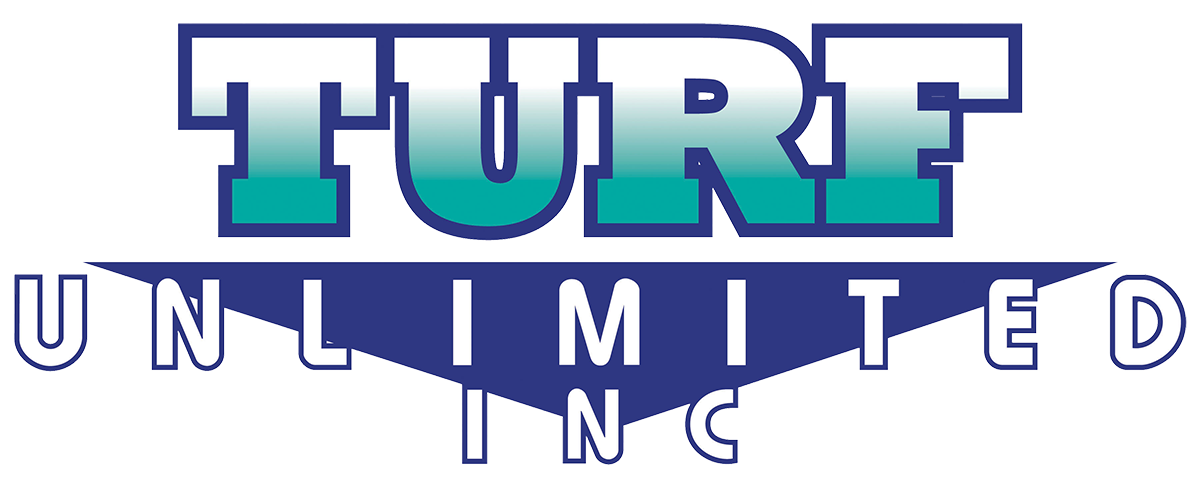Maintaining a pest-free environment is crucial to providing students and staff a safe and healthy learning environment. Pests can pose significant health risks, from spreading diseases to triggering allergies and asthma attacks.
The presence of pests can undermine the reputation of a school and affect the morale of its community. For this reason, effective pest control measures are essential to uphold the well-being and reputation of educational institutions.
Pest control for schools presents unique challenges compared to other locations. Schools are dynamic spaces with high activity levels, providing ample opportunities for pests to find food, water, and shelter. The presence of young children adds complexity, as their vulnerability to health hazards must be carefully considered when implementing pest management strategies.
Pest Control Unlimited provides turnkey solutions to suit the needs of schools and other educational institutions. We use proven safe systems for sensitive environments, catering to facilities in various locations in New Hampshire and Massachusetts.
Contact Us Today to Get a Free Quote
The Unique Challenges in Pest Control for Schools
In addition to multiple entry points, several other unique challenges arise when implementing pest control in schools:
- Safety of Students and Staff: Schools house vulnerable populations, including children, whose safety is paramount. Traditional pest control methods involving toxic chemicals may pose risks to the health and well-being of students and staff if not carefully managed.
- Sensitive Environments: Certain areas within schools, such as classrooms, cafeterias, and medical facilities, require special consideration due to their sensitive nature. Pest control measures must be implemented to minimize disruption to these areas and avoid the use of harsh chemicals that may affect air quality or exacerbate existing health conditions.
- Regulatory Compliance: Educational institutions must adhere to strict regulations and guidelines regarding pest management set forth by local health departments and educational authorities. Failure to comply with these regulations can result in penalties and damage the school’s reputation.
- Public Perception: Pest infestations in schools can significantly impact public perception and the institution’s reputation. News of pest sightings or outbreaks can spread quickly. It may lead to concerns among parents, students, and the wider community. Thus, schools must prioritize proactive pest control measures to maintain a positive image.
- Sustainability Concerns: With growing awareness of environmental sustainability, there is an increasing demand for eco-friendly pest control solutions. Schools must consider the environmental impact of their pest management practices and strive to minimize their carbon footprint while effectively controlling pests.\
Schools often have multiple entry points and hiding spots for pests, requiring thorough inspection and maintenance protocols. Balancing the need for pest control with the necessary safety and sensitivity in a school setting requires careful planning and implementation of tailored pest management strategies.
Addressing these unique challenges in pest control for schools requires a holistic approach that integrates effective pest control strategies. School administrators can implement quarterly programs and one-time solutions to prevent the onset of a potential insect infestation.
Maintaining Food, Air, and Water Quality
In 2016, the Food and Drug Administration (FDA) introduced critical revisions to the Food Safety Modernization Act, aiming to shift the focus from reacting to foodborne illnesses to proactively preventing them. Evaluations now extend beyond basic hygiene practices to include thorough assessments of potential pest entry points, identifying areas prone to moisture accumulation and possible breeding grounds for pests like flies and roaches, and verifying proper sanitation protocols in storage facilities and commercial locations.
These measures underscore the importance of proactive pest control and sanitation practices in safeguarding the integrity of food served in schools, thereby protecting the health and well-being of students and staff alike. These protocols can also be applied to residential settings.
Strategies for Preventing Pest Infestations
Implementing preventive strategies in schools enables early detection of pest issues, eliminates attractants, and deters pests from entering the school’s premises. When properly implemented, these protocols ensure a safe, healthy environment conducive to learning and productivity while minimizing environmental impact.
- Regular Inspections: Conducting routine inspections allows for the early detection of pest issues before they escalate. By systematically assessing the school environment, any signs of pest activity can be identified promptly, enabling swift intervention to prevent infestations.
- Implementing Sanitation Practices: Maintaining cleanliness and hygiene throughout the school premises is crucial for eliminating pest attractants such as food crumbs, spills, and garbage. Proper sanitation practices reduce the availability of food and water sources for pests, making the environment less hospitable for infestations.
- Sealing Entry Points: Identifying and sealing potential entry points, such as gaps in doors, windows, and walls, prevents pests from infiltrating the building. By eliminating these access routes, schools create a barrier preventing pests from entering and establishing indoor infestations.
- Maintaining Building Integrity: Regular maintenance of the school’s infrastructure, including repairs of cracks, holes, and other structural issues, is essential for preventing pest ingress. A well-maintained building ensures that there are no vulnerabilities that pests can exploit to gain entry and establish themselves within the premises.
- Educating Staff and Students: Providing training and educational materials on pest prevention best practices raises awareness among staff and students. By educating the school community about proper food storage, waste disposal, and cleanliness habits, everyone becomes proactive in maintaining a pest-free environment.
- Adopting Integrated Pest Management (IPM) Approaches: IPM is a comprehensive approach to pest control that combines multiple strategies, including biological controls, habitat modification, and minimal pesticide use. By integrating various methods tailored to the school’s specific needs, IPM ensures effective and sustainable pest management while minimizing environmental impact.
Work with Seasoned Pest Removal Experts
It is best for school administrators to apply proactive measures to ensure their spaces do not become breeding grounds for insects and other pests. Working with experts from Pest Control Unlimited, you leverage years of industry experience.
Our specialists apply the latest solutions to eliminate pests from sensitive environments. To learn more about our tailored solutions, call (888) 649-9919 today or fill out this contact form to get a quote.

